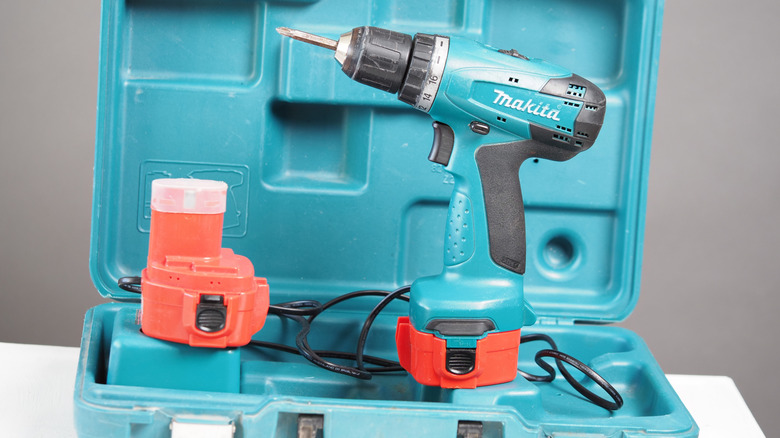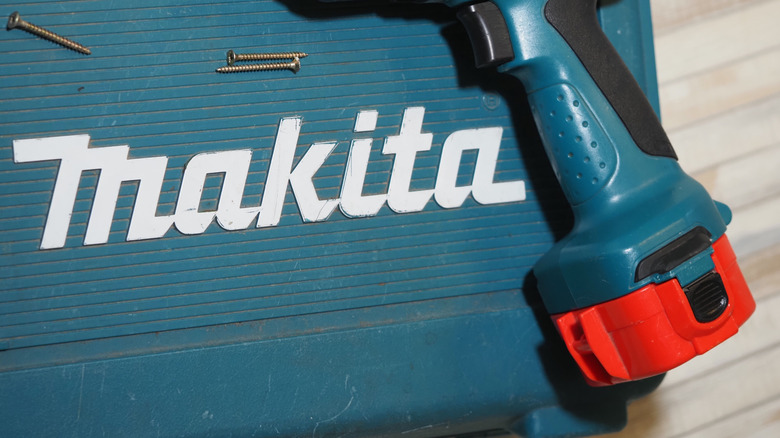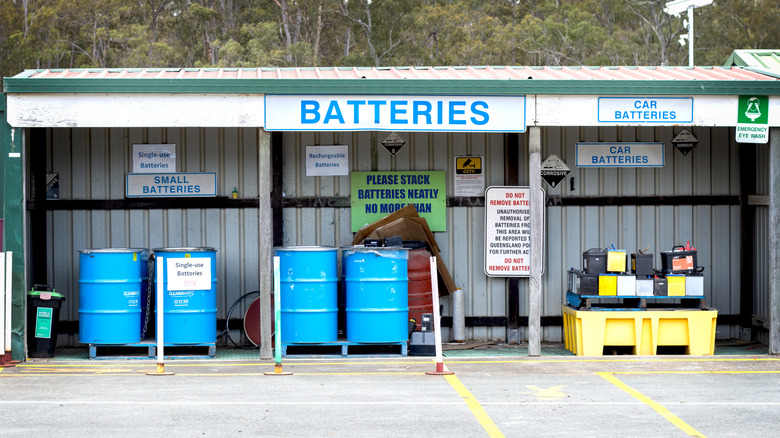Makita PA12 12V Ni‑Cd 1.3Ah Battery: What Does 'Ni-Cd' Mean & Has It Been Discontinued?
For years, power tool brand Makita has made Ni-Cd (or nickel-cadmium) batteries its specialty. Take the Makita PA12 12V Ni-Cd 1.3Ah battery, for instance. This 12-volt rechargeable battery had a compact, lightweight pod-style design and was compatible across Makita's line of power tools. It featured a durable housing and gave users 1.3 amp-hours of capacity. And though it's no longer sold by Makita, the PA12 once provided people plenty of runtime for a variety of tasks (not to mention other Makita tools) before needing a recharge.
Makita's company history goes way back with this specific battery chemistry. It's relied on nickel-cadmium to power its products since 1978, when it launched the first removable nickel-cadmium battery tool, a cordless, rechargeable drill. Makita went on to play a huge part in the cordless revolution to come... But with the discontinuation of the PA12 12V Ni-Cd 1.3Ah battery and nearly all other Ni-Cd products from its site, it seems both Makita and the industry may be leaving the power source behind.
The product page for Makita's PA12 12V Ni-Cd 1.3Ah battery has been removed, and the former listing now displays a "Discontinued" banner above the product name. The same goes for other Ni-Cd batteries from the brand, including the Pod-Style 12V Ni‑Cd 2.0Ah battery, single 7.2 and 9.6V (1.3Ah) Ni‑Cd stick batteries, and nearly ten other variants on their site. The only Ni-Cd product that remains? A 10-pack of the 7.2V 1.3Ah stick batteries.
What is a Ni-Cd battery?
In a "Ni-Cd" battery, the positive electrode is made of nickel hydroxide, while the negative electrode is made of cadmium. An alkaline potassium hydroxide solution functions as the electrolyte. These components are all rolled together into a spiral-y structure known as a jelly roll (not to be confused with the pop-country rapper/singer).
Nickel-cadmium batteries became some of the first rechargeable battery types developed for commercial use, and that was thanks in part to Makita. For decades, Ni-Cd was trusted for its high discharge rates, long cycle life, and exceptional durability. Ni-Cd cells could endure hundreds, sometimes even thousands, of charge and discharge cycles. It was what made them so ideal for high-drain tools like drills, saws, and flashlights. Plus, their ability to function well across a wide range of temperatures also made them reliable for both indoor and outdoor work.
Unlike some newer chemistries, Ni-Cd batteries can keep a steady voltage throughout most of their discharge cycle. This means tools powered by Ni-Cd cells tend to deliver full power right up until the battery is nearly depleted, rather than gradually losing strength as charge levels drop. They're also more shock-resilient than other battery chemistries, which only made their professional reputation even more solid.
What to do with your discontinued Makita PA12 12V Ni‑Cd 1.3Ah battery
Alas, the chemistry does come with its share of trade-offs. Ni-Cd batteries are susceptible to "the memory effect," which means recharging before a full discharge can reduce the total capacity over time. They also contain cadmium, a toxic heavy metal that has some serious environmental and health hazards if improperly disposed of. They also have a lower energy density compared to nickel-metal hydride (Ni-MH) and lithium-ion, so they store less energy for their size and weight. These limitations don't necessarily outweigh their effectiveness on the job, but they do make Ni-Cd technology more difficult to justify as a safer, more efficient battery alternative that has entered the mainstream.
Today, Makita makes power tools mainly for other battery types like lithium-ion. For those still using the PA12, proper recycling is an absolute must. Because of the cadmium inside, they should never be disposed of in regular trash. Instead, you should bring them to your closest battery recycling center to make sure they're handled safely for the environment. If you need a replacement, try finding one second-hand on eBay or the like. Or, if that proves to be too expensive or too difficult, it may be worth upgrading to a more modern battery chemistry instead.


